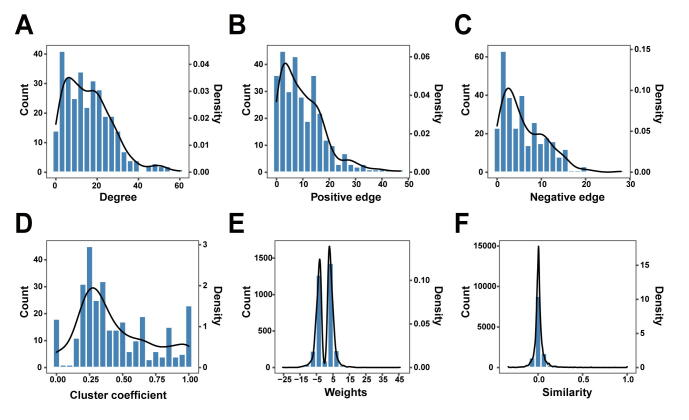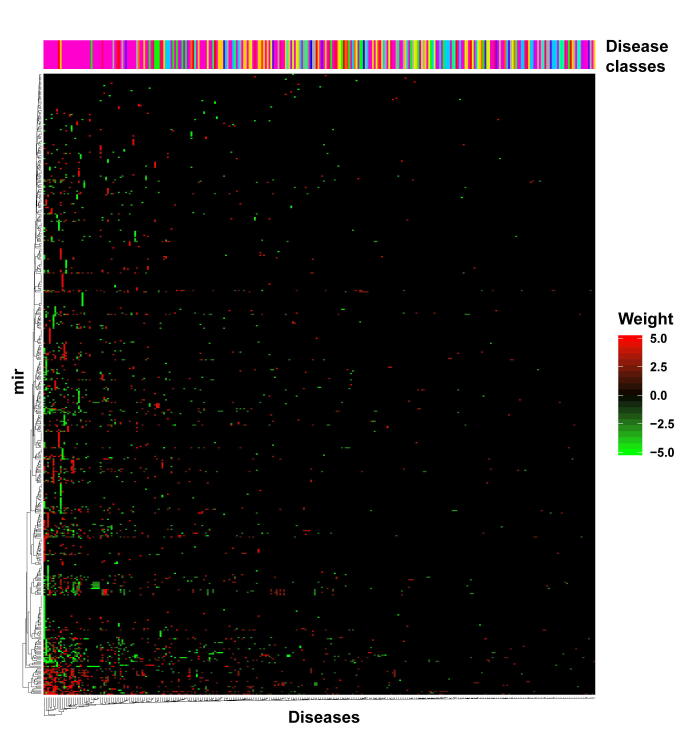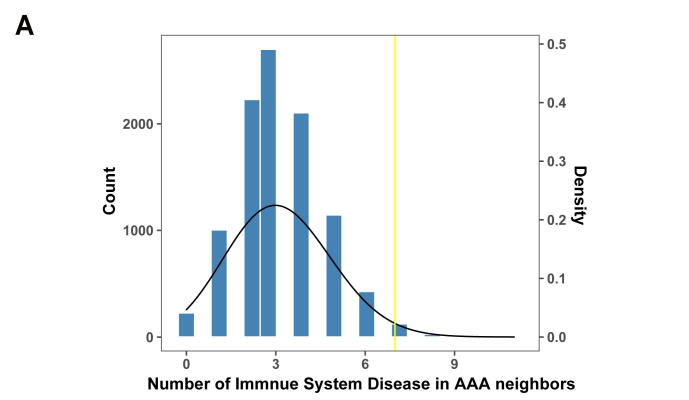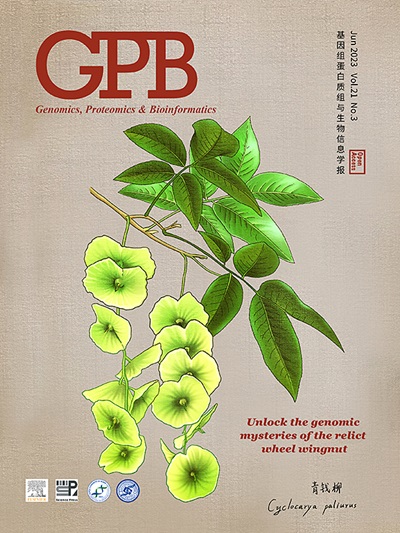MicroRNA–disease Network Analysis Repurposes Methotrexate for the Treatment of Abdominal Aortic Aneurysm in Mice
IF 7.9
2区 生物学
Q1 GENETICS & HEREDITY
引用次数: 0
Abstract
Abdominal aortic aneurysm (AAA) is a permanent dilatation of the abdominal aorta and is highly lethal. The main purpose of the current study is to search for noninvasive medical therapies for AAA, for which there is currently no effective drug therapy. Network medicine represents a cutting-edge technology, as analysis and modeling of disease networks can provide critical clues regarding the etiology of specific diseases and therapeutics that may be effective. Here, we proposed a novel algorithm to quantify disease relations based on a large accumulated microRNA–disease association dataset and then built a disease network covering 15 disease classes and 304 diseases. Analysis revealed some patterns for these diseases. For instance, diseases tended to be clustered and coherent in the network. Surprisingly, we found that AAA showed the strongest similarity with rheumatoid arthritis and systemic lupus erythematosus, both of which are autoimmune diseases, suggesting that AAA could be one type of autoimmune diseases in etiology. Based on this observation, we further hypothesized that drugs for autoimmune diseases could be repurposed for the prevention and therapy of AAA. Finally, animal experiments confirmed that methotrexate, a drug for autoimmune diseases, was able to alleviate the formation and development of AAA.



微RNA-疾病网络分析将甲氨蝶呤重新用于治疗小鼠腹主动脉瘤
腹主动脉瘤(AAA)是腹主动脉的永久性扩张,致死率极高。目前这项研究的主要目的是寻找治疗 AAA 的非侵入性医疗方法,因为目前还没有有效的药物疗法。网络医学是一项前沿技术,因为对疾病网络的分析和建模可以为特定疾病的病因学以及哪些疗法可能有效提供重要线索。在这里,我们提出了一种基于大量累积的 microRNA-疾病关联数据集的量化疾病关系的新型算法,然后构建了一个涵盖 15 种疾病类别和 304 种疾病的疾病网络。分析揭示了这些疾病的一些模式。例如,疾病在网络中趋于集群和一致。令人惊讶的是,我们发现 AAA 与类风湿性关节炎和系统性红斑狼疮的相似性最强,而这两种疾病都是自身免疫性疾病,这表明 AAA 在病因学上可能是自身免疫性疾病的一种。基于这一观察结果,我们进一步假设,治疗自身免疫性疾病的药物可以重新用于预防和治疗 AAA。最后,动物实验证实,治疗自身免疫性疾病的药物甲氨蝶呤能够缓解 AAA 的形成和发展。
本文章由计算机程序翻译,如有差异,请以英文原文为准。
求助全文
约1分钟内获得全文
求助全文
来源期刊

Genomics, Proteomics & Bioinformatics
Biochemistry, Genetics and Molecular Biology-Biochemistry
CiteScore
14.30
自引率
4.20%
发文量
844
审稿时长
61 days
期刊介绍:
Genomics, Proteomics and Bioinformatics (GPB) is the official journal of the Beijing Institute of Genomics, Chinese Academy of Sciences / China National Center for Bioinformation and Genetics Society of China. It aims to disseminate new developments in the field of omics and bioinformatics, publish high-quality discoveries quickly, and promote open access and online publication. GPB welcomes submissions in all areas of life science, biology, and biomedicine, with a focus on large data acquisition, analysis, and curation. Manuscripts covering omics and related bioinformatics topics are particularly encouraged. GPB is indexed/abstracted by PubMed/MEDLINE, PubMed Central, Scopus, BIOSIS Previews, Chemical Abstracts, CSCD, among others.
 求助内容:
求助内容: 应助结果提醒方式:
应助结果提醒方式:


